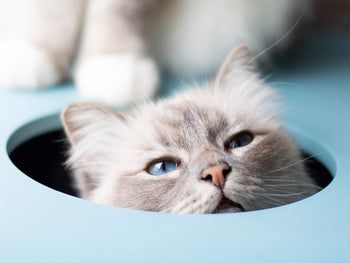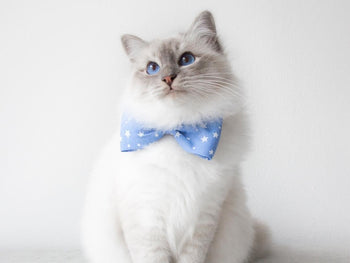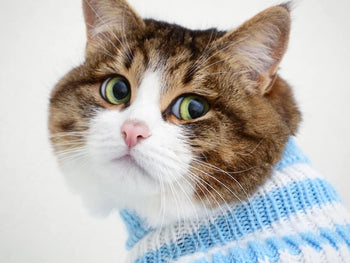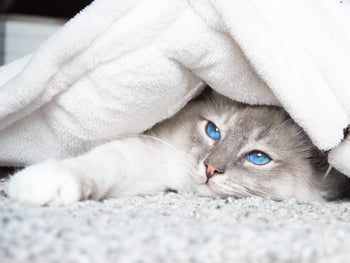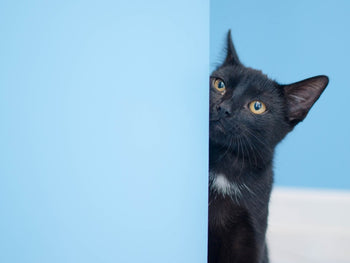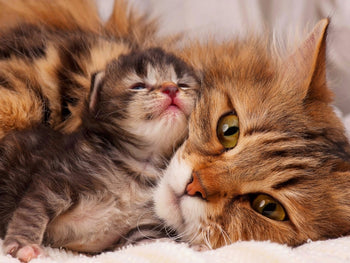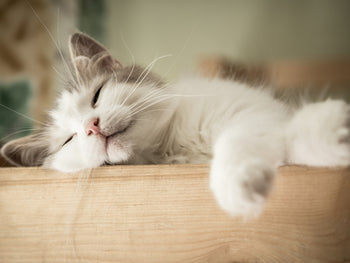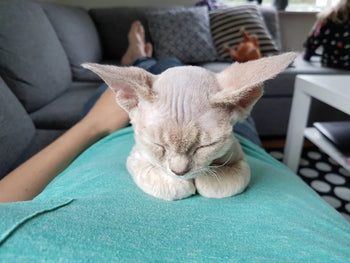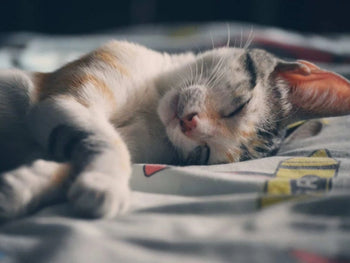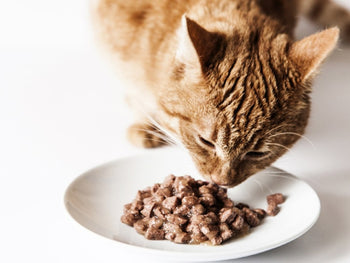There are white specks on the coat of your furball but you don't know if the pet is having cat dandruff or flea eggs? Then read this article to find out.

In their life, our feline pals run into a lot of troubles with the furs. Nonetheless, in the case we detect multiple white specks on the pets, it could only mean one of two things: cat dandruff or flea eggs. As different problems obviously require different solutions, it's of utmost importance for people to understand just what they are facing before doing anything else. For novice pet owners, however, it's difficult to tell dandruff from flea eggs due to the similarities in appearance. To apply treatments without knowing the problem is ill-advised.
You want a couple of hints to get your fluffy friend back in good health? If that is so then the information down below shall be all you ever need.
Some Insights To The Characteristics
-
Cat Dandruff

So to put it in layman's term, dandruff consists of white-ish dead tissues that peel right off from the skin of the body. Most of the time, cat dandruff appears on the back of the pets which stay close to the tail and far from the head. Because the irregular shaped dead tissues weight nearly nothing, they tend to be caught by the thick hairs of cats. Over time, dandruff builds up to the point that the coat of the pets is littered with greasy white specks. Besides ruining the dreamy coat of your fluffy friend, dandruff leaves unsightly trails of white specks as the pet move.
Overall, when cats have dandruff, it's rarely a sign of serious diseases but don't treat the situation lightly. A lot of factors may cause the white specks to form like glandular disorders, allergic reactions, parasites and so on. That is why it's strongly recommended that you bring your cat to veterinary clinics once dandruff shows up to be on the safe side. Through examinations, the vets should be able to deduce what is going on as well as causes, treatments and preventions.
Assuming that everything proceeds smoothly then the white specks on the pets would disappear within fairly short periods of time. Nonetheless, it's worth noting that certain cases of cat dandruff might simply fail to improve regardless of what pet owners give their feline pals. Some people report positive changes by making changes to daily diets while others suggest purpose design shampoos to get rid of the white specks entirely. Needless to say, the result varies considerably from cat to cat so it's necessary to remain patient if things don't work as expected.
-
Eggs Of Fleas

Flea eggs prove to be quite small which makes it hard to notice them without close observation, especially if the pets have somewhat pale furs. However, it's still possible to identify the offspring of the skin parasites base on the size, shape, and color. Compared to cat dandruff, flea eggs look noticeably thicker, rounder and brighter in most cases. After being laid, the eggs seem translucent but when they are about to hatch, the shell shall become nearly transparent which reveal the larvae inside
Normally, most fleas prefer to lay eggs right around the base of the tail, back of the neck and between the shoulders of the pets. So what with that habit? Well, it's pretty straight forward actually: cats seldom reach such areas while grooming themselves. Therefore, fleas would be able to ensure decent chances of survival for the unborn larvae. For your information, fleas require constant access to blood to properly grow, mate and reproduce. Without hosts to feed on, fleas inevitably die of starvation in a couple of days.
Eggs of fleas could initially adhere to furs of cats but within just a few moments, they lose their stickiness. That means large numbers of eggs may be dislodged if the hosts move, jump, groom,... Unfortunately, the spread of flea eggs is going to increase accordingly as your fluffy friend moves from place to place. For most of the time, Eggs of fleas should have no trouble seeping into every nook and cranny that the pets visit in a day. When the larvae hatch, they shall wait for hosts to come by to attach themselves to the host's body.
Check us out for further detailed cat's health guide!
How To Be Absolutely Sure

Through the details mentioned above, it's a breeze for you to determine whether your furball is currently suffering from cat dandruff or flea eggs. But in the case you still have certain reservations, here are some things to help you make up your mind.
-
Grab A Flea Comb And Start Combing Through The Furs
The majority of pet stores nowadays offer flea combs at affordable prices so it's easy to obtain good ones. Once you have a comb, get a hold of you cat then meticulously comb through its coat back and forth. Every now and then, see what you got among the teeth of the flea comb. If all you see happens to irregular shaped white specks then you are facing a good old cat dandruff case. On the other hand, in the case you catch something that resembles enlarge grains of salts, prepare for immediate flea treatments.
-
Assess The Pet's Skins
Fleas bite the skins of the hosts to get blood so it's obvious that there would be bite marks. Furthermore, considering the sensitive nature of cats, it's highly likely that the flea bites lead to inflamed skins too. Therefore, if you take a look at the skins of your fluffy friend, you could decide if the issue is cat dandruff or flea eggs
-
Keep An Eye Out For Odd Dirt On The Coat
Sure, cats love to explore their surroundings which often makes various materials enter the furs. Nonetheless, pets these kinds of days rarely have the chance to venture to dusty locations. Because of that, when you spot dirt among the coat of your cat, collect some and put them into water. Regular dirt releases nothing but if it comes to flea dirt (excrements of the parasites), expect red/brown gels which are remains of digested blood.
Keeping The Coat In Shape

Coat issues like cat dandruff or flea eggs happen all the time but if you practice some precautions, it's possible to avoid them altogether. You only need to give your cat balanced meals, plenty of waters and sanitary environments.
Looking for more interesting Cat Tips & Facts? Visit Cattybox !
